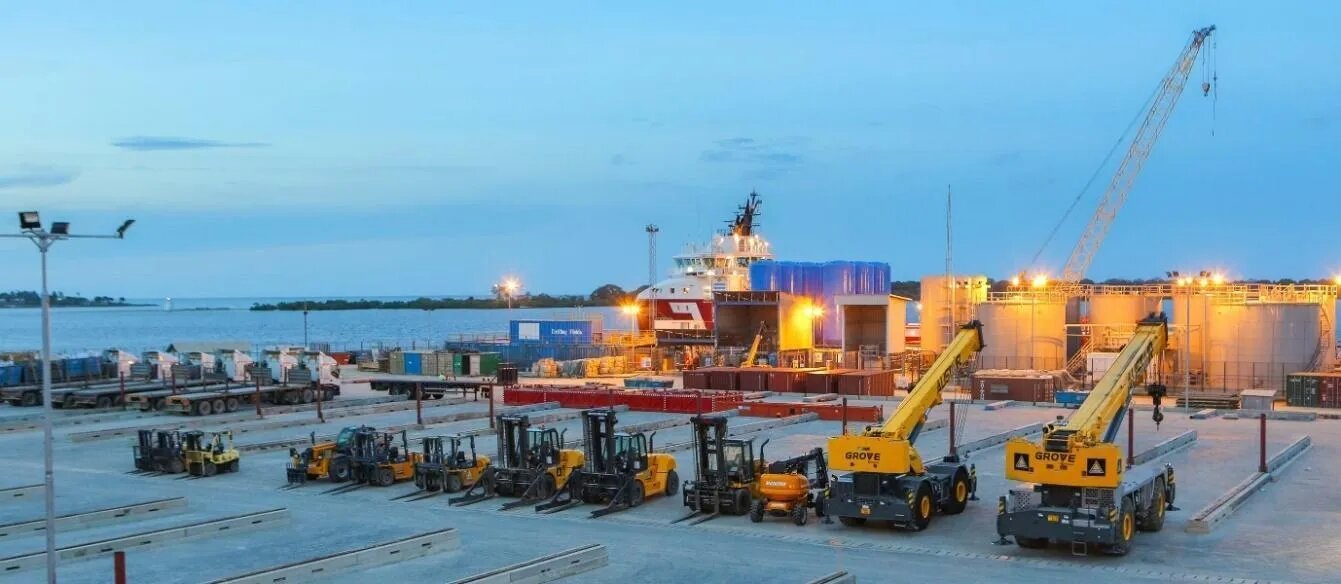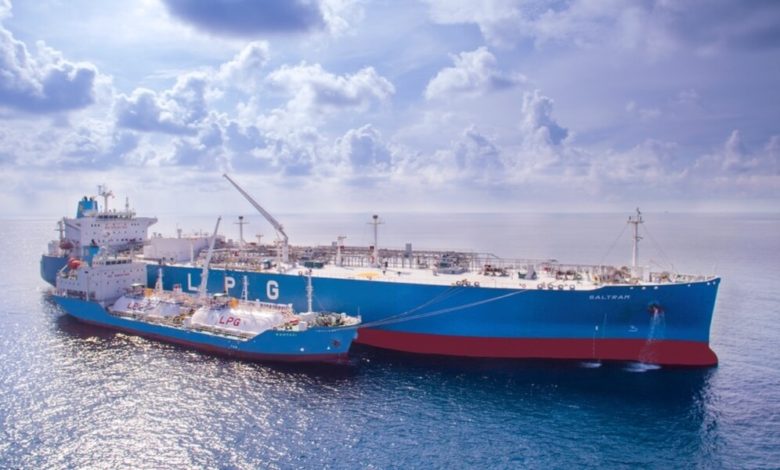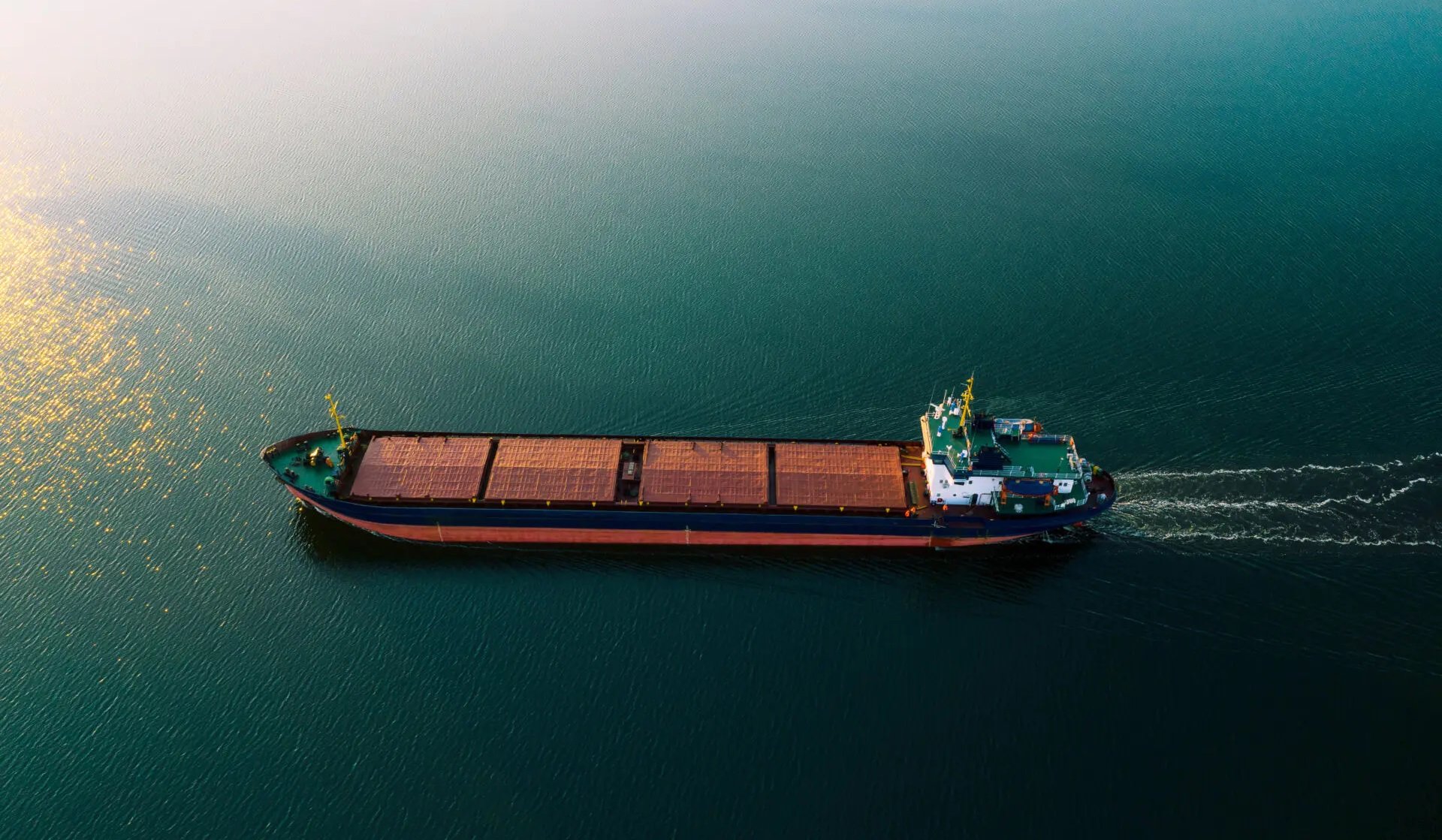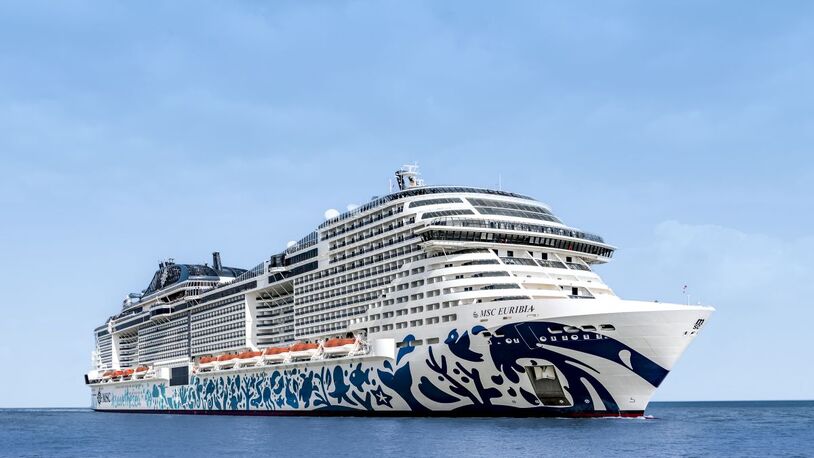On September 29, the inspection of the first batch of items for the ESD (Emergency Shutdown System) of the H1509, the second domestically built large cruise ship constructed by Waigaoqiao Shipbuilding, was successfully completed. This progress was 37.3% ahead of the same stage for the first ship, marking a significant leap in the efficiency of cruise ship system commissioning.
The cruise project commissioning team meticulously reviewed the commissioning experience from the first ship. They developed detailed plans for key areas such as ESD system signal calibration and equipment linkage. By adopting a combined approach of “early planning for the overall situation and early intervention to reduce risks,” they broke away from the traditional “build first, commission later” model, advancing some commissioning work in parallel with the installation process. While fully promoting the validation of 139 shutdown logic tests—including the effectiveness verification of emergency interlock control for ventilation systems, practical operational tests of safety shutdown functions for various pump groups, and linkage logic checks for the CO2 fire extinguishing system—the commissioning team also focused on making key breakthroughs in 49 tests within the engine room.
The commissioning team is currently refining task assignments and working backward from the deadline to establish a node schedule, using closed-loop management to ensure all tasks progress efficiently according to plan. The goal is to complete the full-process commissioning and inspection of 705 supporting equipment by the end of 2025.
The ESD system, a dedicated safety protection system for large cruise ships, features high reliability and flexible adaptability, serving as the core for ensuring the operational safety of the cruise ship. In a large cruise ship, often described as a “mobile city,” with dense populations and numerous equipment, the ESD control system can respond rapidly in an emergency. Its scanning cycle requires only tens of milliseconds, enabling it to promptly protect equipment, prevent accident escalation, and accurately record incident data. This provides crucial support for subsequent accident cause investigation, earning it the title of “Intelligent Guardian” for cruise ship safety.




